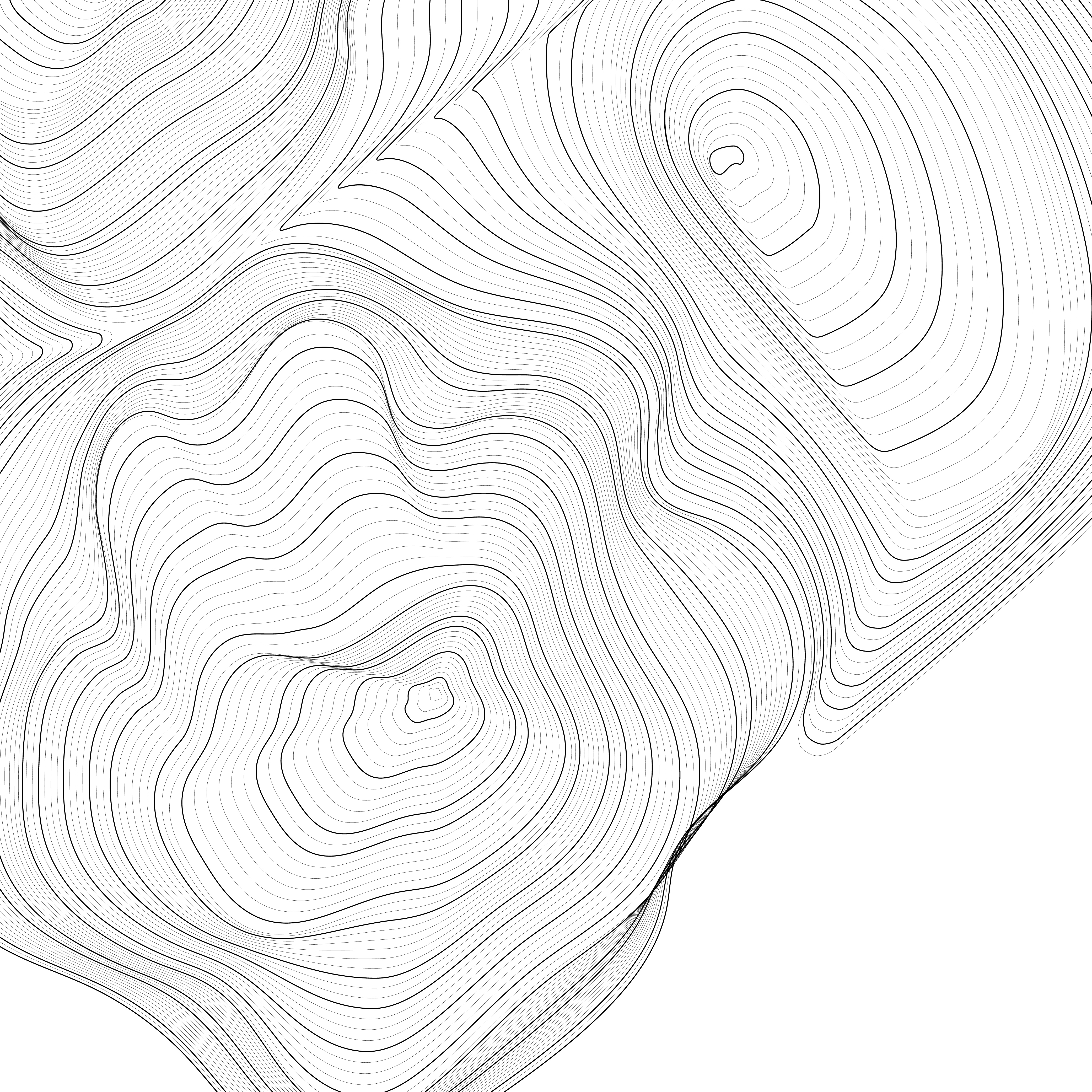

The visual cortex is further subdivided into several subregions that process the incoming images along parallel and serial streams. The part of cortex that analyzes visual information accounts for 30% or more of the cortex in primates and is located at the posterior pole of the brain. How does this “co-activation” work? The physiological investigation of the neural response to contours began with by Hubel’s and Wiesel’s ( 1962, 1968) transformational discovery that neurons in the primary visual cortex are tuned to the orientation of contours, responding to edges, and not to uniform areas. Once artists discovered this (Kennedy, 1975), they quickly adopted this format as an economical and powerful method for representing scenes and objects. This fortuitous co-activation lets lines stand in for solid edges. If cultural knowledge is not the key for understanding line drawings and line drawings are too recent an arrival to have triggered any special adaptation, what then is the mechanism that allows us to make sense of these drawings? The likely explanation is that lines trigger a neural response that has evolved to deal with natural scenes. These findings rule out any strong version of culture-based acquisition for understanding line drawings, although clearly there are many culturally based conventions used in line drawings (Figure (Figure1 1D). We even see line representation used by insects in bio-mimicry (Figure (Figure1C). For example, it has been shown that infants (Yonas and Arterberry, 1994 see also Hochberg and Brooks, 1962), stone-age tribe members (Kennedy and Ross, 1975), and even chimpanzees (Itakura, 1994 Tanaka, 2007) are able to recognize line drawings. This account has been controversial (Kennedy, 1974, 1975 Deregowski, 1989 see also Gibson, 1971, 1979) and there is strong evidence against it. We could imagine that line drawings are a convention of modern art that we have come to recognize through learning as we have the alphabet in which this paper is written (e.g., Gombrich, 1969 Goodman, 1976). So why does the visual system understand line drawings? Instead, objects are usually segmented from the background by lightness, texture, or color differences. During the eons over which biological vision systems evolved, there has been no experience that could have adapted our visual systems to understand line drawings. In particular, in the real world, there are no lines around objects (with rare exceptions Figure Figure1B). Once we ask that question, however, we realize that line drawings really are exceptional. Line drawings are so common in our everyday life that we seldom ask why they work.


(D) Lines typically stand for discontinuities in surface depth or orientation but some artists rely on cultural conventions to make them stand for motion or energy (Keith Haring). (C) Bio-mimicry used by the Fulgorida of South and Central America where lines trace the contour between the simulated lips and mouth. (B) Outlines are infrequent effects of backlighting in natural scenes but even in this case, internal contours are never visible as lines. (A) Early line drawing representation of a rhinoceros at Chauvet, France, ca 30,000 BCE.


 0 kommentar(er)
0 kommentar(er)
